| This bird was the first documented White Stork in Hordaland county (western Norway) for more than a decade (the last was in May 2000). It was discovered on 3 October at a garbage dump north of Bergen. The upper picture is from 6 October, and the lower is from 17 October 2010. The bird is probably the same individual that wintered at a garbage dump in eastern Norway during the winter 2008-2009. Then it got lots of attention, and became a national celebrity. It was named "Sture", and media all over the country published news about the bird that normally winters in Africa. It might well be a bird from the Swedish reintroduction programme. These birds tend to winter in or near Sweden. "Sture" was rediscovered in southeastern Norway early March 2010, and stayed in southern Norway until the middle of November. "Sture" was (probably) not observed in 2011, but may still show up in 2012. |
|
Keep your eyes open these days. Genuine migrants wintering in Africa normally show up in Norway late April or early May. Below you can see a map where I have tried to plot the birds movements during its stay in 2010. Green marker indictes the first observation on 7 March (Nome in Telemark county), and the red marker indicate the last date, 17 November (Voss in Hordaland county). Gulls are variable. They are the most diverse bird-group concerning plumage variation within species and age-classes. To add more confusion to the aspect of identifying gulls, they also differ in the timing of their moult. On top of this, some birds loose feathers without "wanting" it. These are some of the aspects why gulls are the most intriguing birds todo in-depth observations off. An odd white tail Yesterday I saw this freaky Common (Mew) Gull in Bergen. The plumage and bare parts tells me it is a bird that is less than a year old. At first glance it gives the impression of being in its first winter (first basic) plumage. Scrutinizing the bird a bit more careful reveals a nearly white tail. Common Gulls at this age should have a wide black terminal band on the tail. In second winter plumage they can look like this, although usually completely white. Has the tail been shed? We'll leave the tail-feathers for a moment, and go on studying more plumage characteristics. The wing looks a bit strange. Strange set of primaries
There is something about the outer primaries. Some feathers are brighter than normal, and both p9 and p10 show small mirrors (the two outermost primaries). P9 has a larger mirror than p10, which only has traces of one. Mirrors are rare in first winter Common Gulls, but second winter birds show mirrors on these two feathers, but with a large mirror on p10 and a smaller one on p9 (sometimes not present). From p7 and inwards the primaries have large light grey areas, giving the hand a rather unfamiliar look. When zooming in, some interesting features are revealed. P10 is lighter brown than p9, and the latter seem a bit short compared to p10 and p8, indicating a not fully grown feather. Two generations primaries Gulls moult their primaries from the center of the wing (starting with p1, the inner primary, working its way gradually to p10. Does this mean that the bird has shed p1-p9? Apparently, but once again when looking on each feather you can see a contrast between the dark areas on p5-p1 and p6. P5 does also show dark smudging on the outer web, which is perfect for a first generation feather. Summing the feather features up the conclusion is that p9 and p7-p6 have been shed and regrown. I think P8 on the left wing is an old first generation feather, and it is missing completely on the right wing. When birds accidentally loose feathers, they try to replace them as fast as possible. In particular feathers crucial for their flying ability, such as primaries, secondaries and tail-feathers. Did this gull experience something that made it unintentionally loose some feathers? Probably. I am sure that the primaries p9-p6, minus p8, are moulted into second generation, but I am not completely sure about the tail, since all are the same generation. It may be an aberrant first generation tail, but probably not. The really strange thing is that it has moulted the same three primaries on both wings! This is how gulls moult of course, synchronous on both wings, but this is not the right order of things, and it is not at all the season to observe second generation flight feathers on first-winter Common Gulls. So, what happened to this gull? Did it hit a wire, interact with a predator, or maybe was shot by a hunter? Did it walk around with no tail and seven central primaries missing some time last autumn? Whatever happened the result is a second calendar year Common Gull with seven (4+3) shed primaries, six of them regrown, and a really aberrant tail that probably is also renewed. Beautiful! |
StorymapsBlog archive
May 2024
|

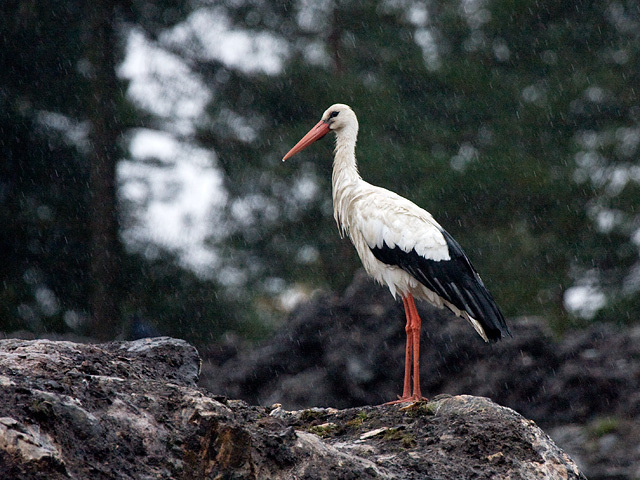
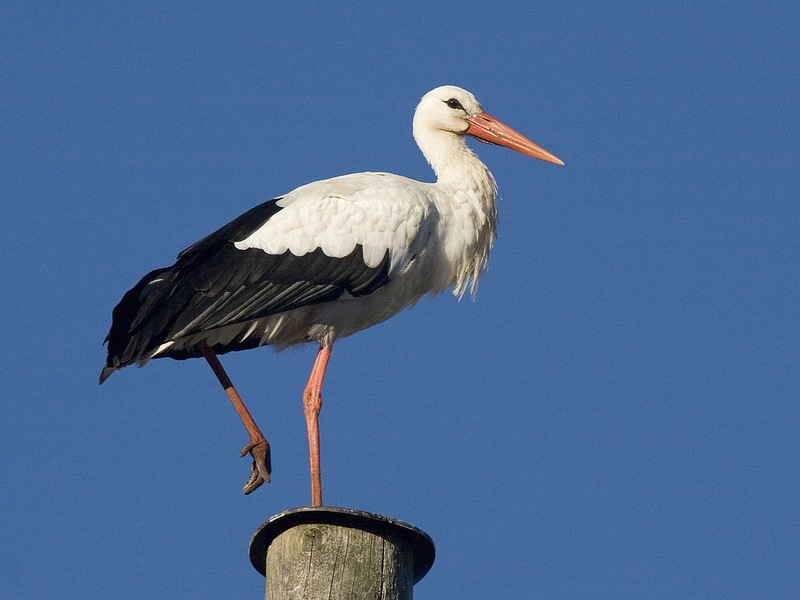
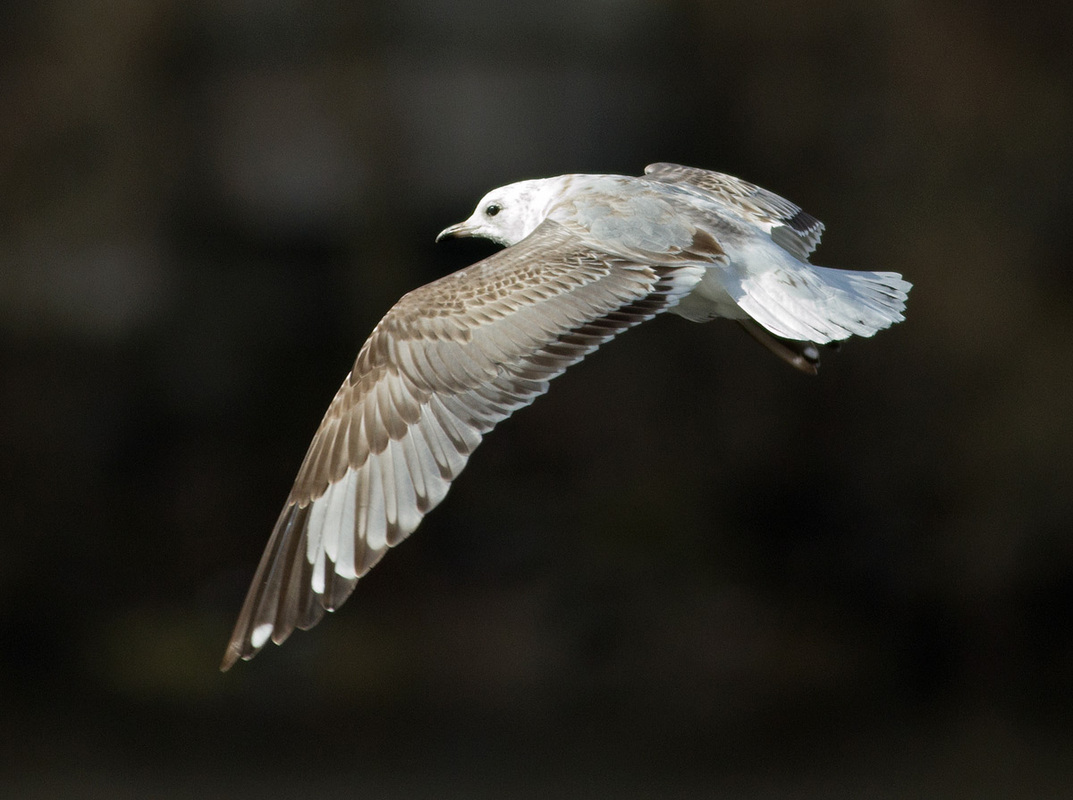
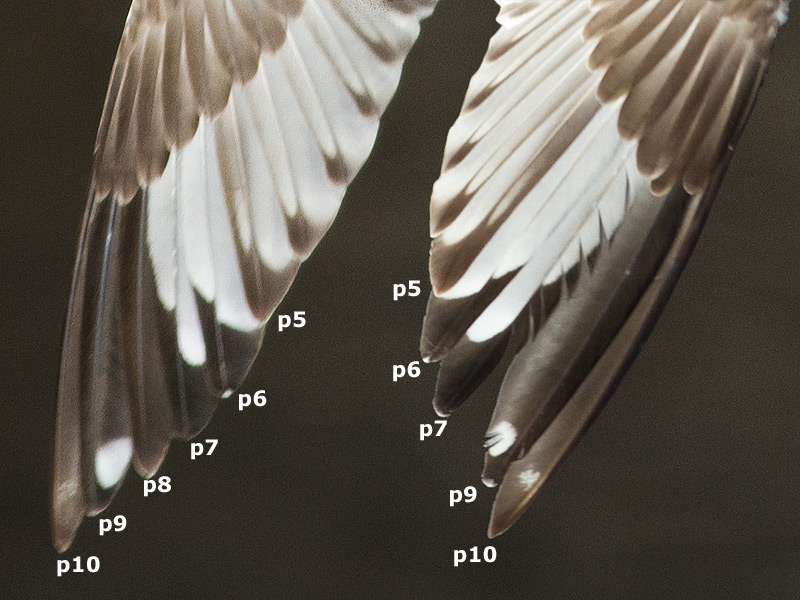
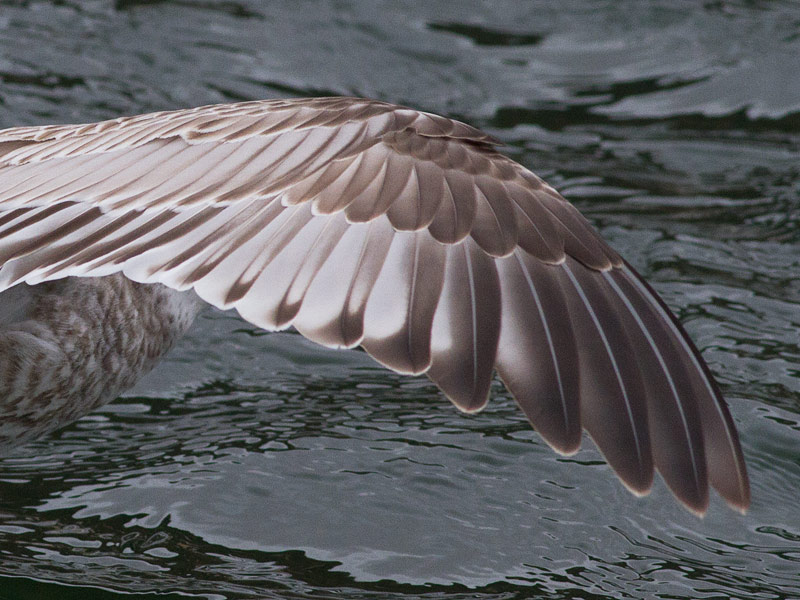
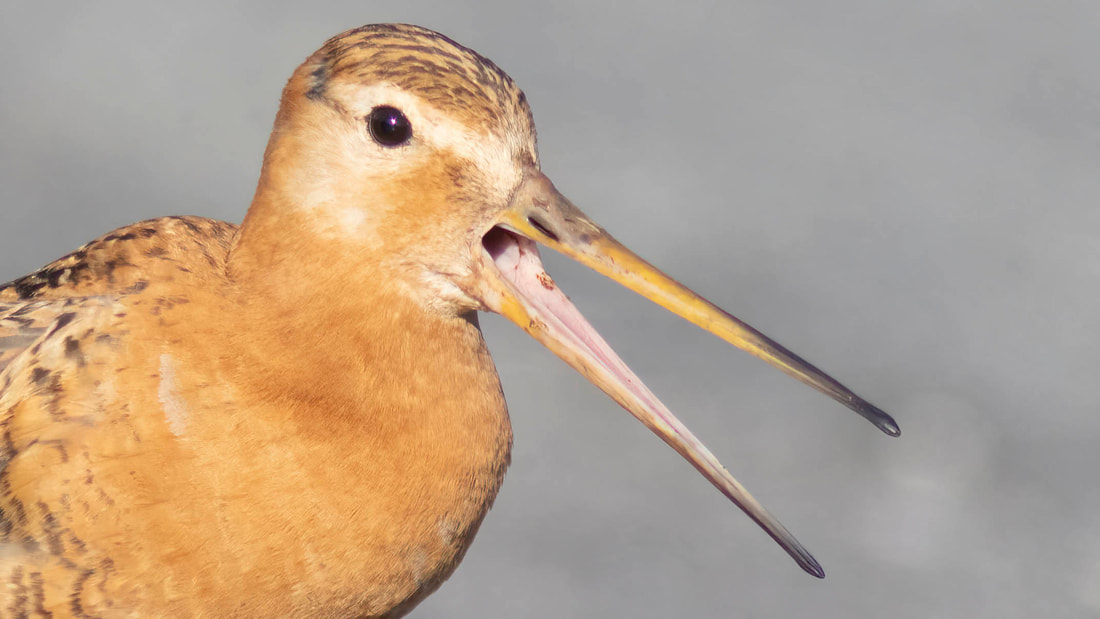
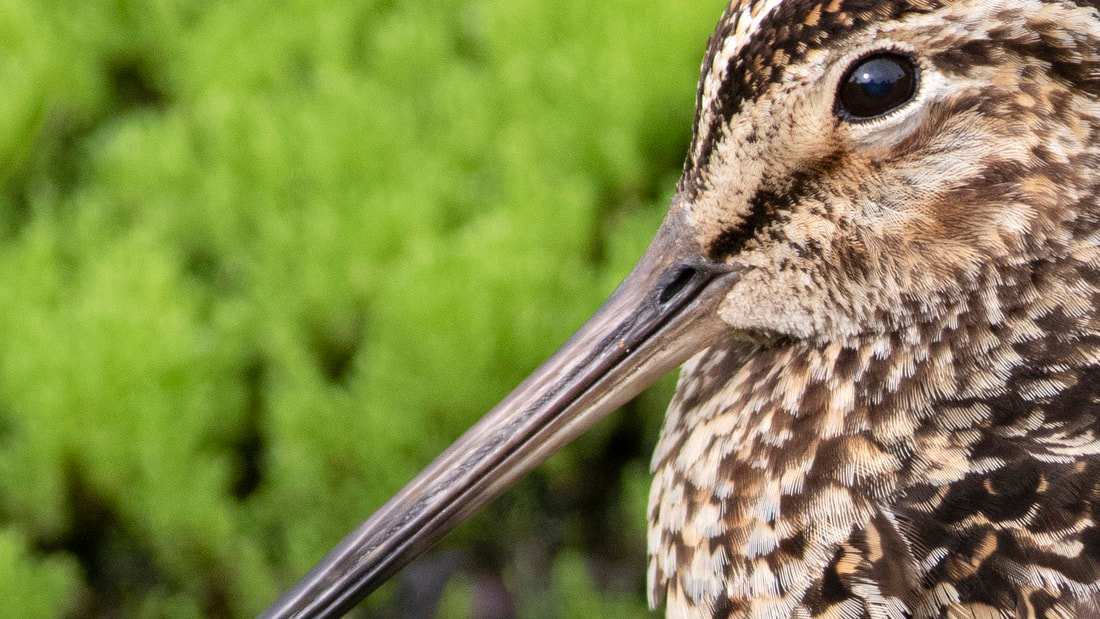
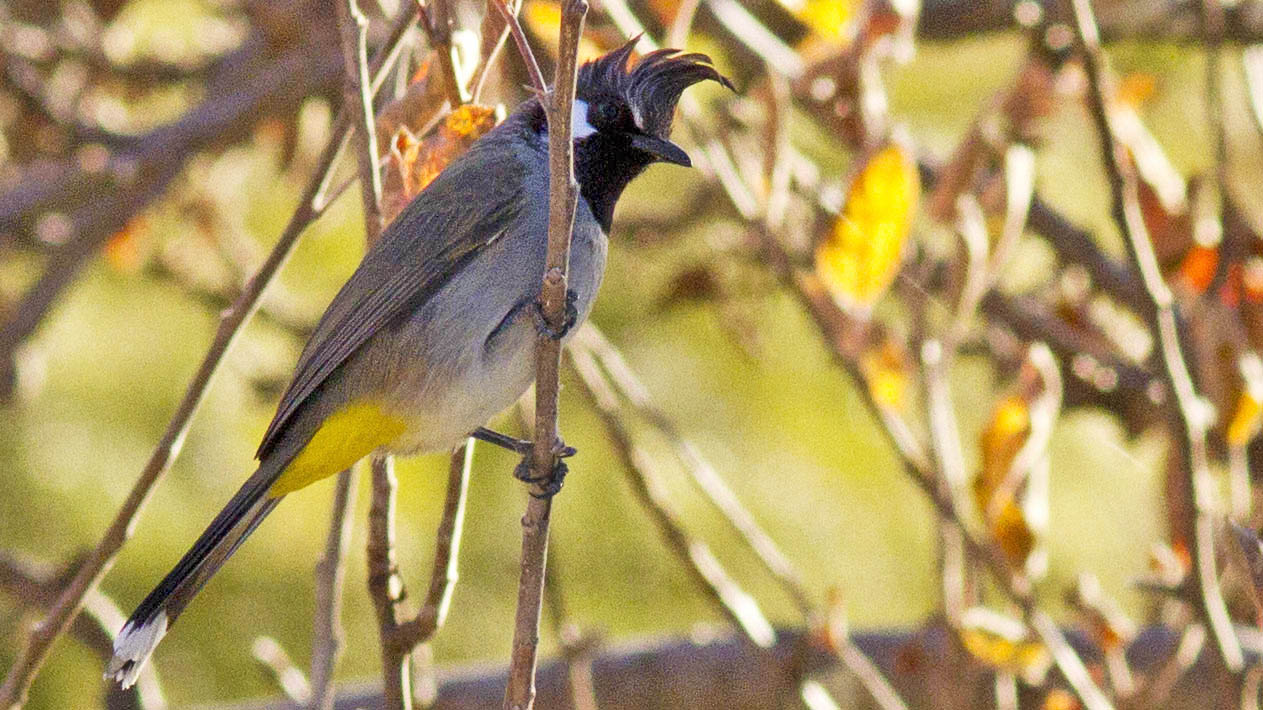
 RSS Feed
RSS Feed
